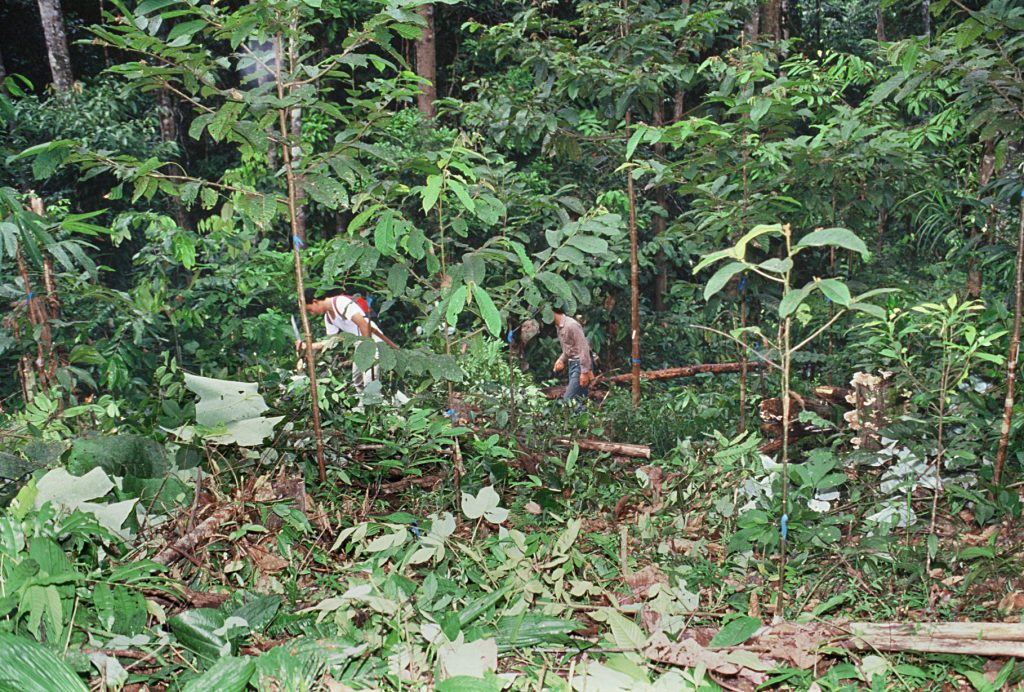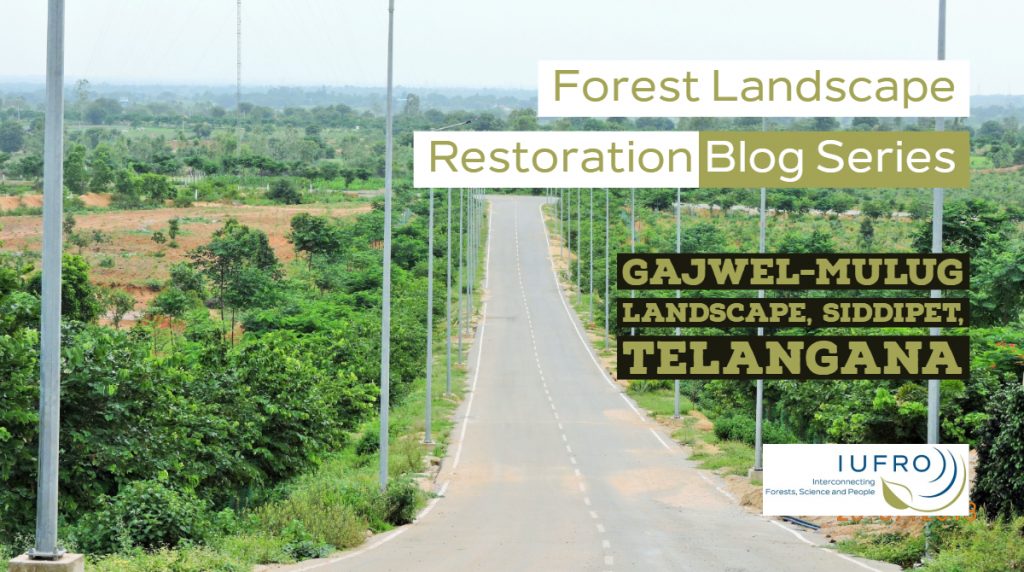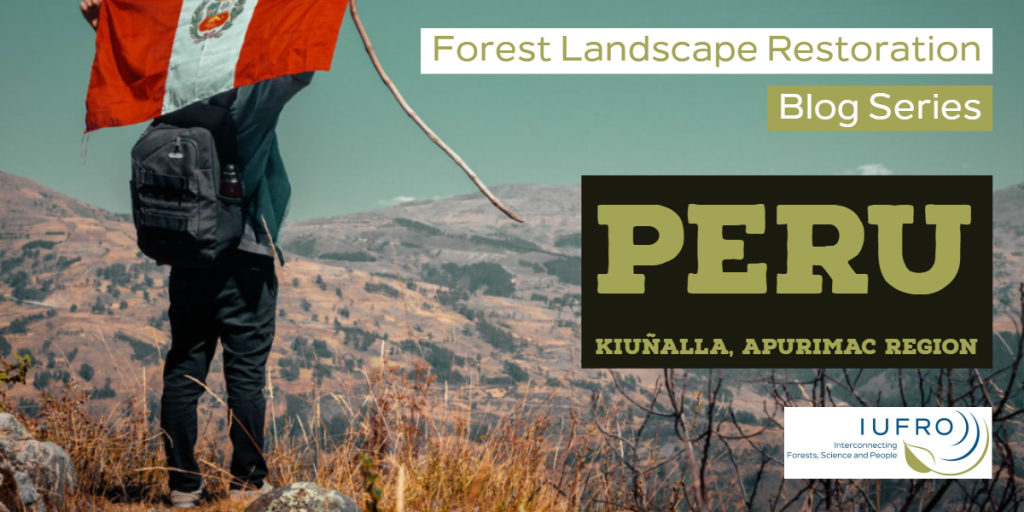“Harnessing Synergies between Agriculture and Forest Restoration’
“Harnessing Synergies between Agriculture and Forest Restoration’
Communities work together to restore forests – an example from Nepal
By Lila Nath Sharma, PhD
Blog from IUFRO Member Organization ForestAction Nepal
Jalthal forest is a 6,000 ha forested land in the densely populated region in the lowland of Southeastern Nepal. It is a remnant moist tropical forest with diverse ecosystems and habitats comprising swamps, rivers, ponds, hillocks and plain areas. It is an important biodiversity hotspot with several threatened floras and faunas including the Asiatic elephant and pangolin. The forest has unique assemblages of tropical and subtropical plant species found in the sub Himalayan tract. Floristic elements from different bio-geographical regions – Sino Himalayan, East Asian and Indian, for example – makes the forest diverse and unique.
The forest is an important source of environmental services including fresh water and multitudes of forest products for people living around the forest. It is currently managed by 22 Community Forest User Groups (CFUGs) and is an important livelihood source for over 80,000 people. In spite of high ecological and social significance, the Jalthal forest is subjected to multiple pressures. These include invasive species, human-wildlife conflict (particularly human-elephant), wildlife poaching, illegal felling of trees and timber focused forest management.
Read more…IUFRO Spotlight #76 – Transforming Forest Landscapes to Meet Current and Future Needs and Challenges
IUFRO Spotlight #76 –Transforming Forest Landscapes to Meet Current and Future Needs and Challenges

“Forest landscapes (FLs) are often the basis of local economies and social identity,” said Professor Andreas Bolte, Head of Institute at the Thünen Institute of Forest Ecosystems in Eberswalde Germany.
“In past, many forests have been heavily degraded by unsustainable practices, and today they are still under heavy pressure worldwide through the loss and degradation of forests, conversion to other land uses and, increasingly, climate change,” he said.
Read more…Forest Restoration: enabling environment and mobilizing stakeholder’s support in Guatemala
With the Archaeological Park and Ruins of Quirigua, a protected UNESCO World Heritage Site, and its national tree, Ceiba sp., the fifth blog post is in Guatemala. The name of the project is Chimaltenango Restoration Initiative, in Guatemala, Central Highlands.

How strong political support is helping restore forests in the Telangana state of India
Land of Taj Mahal and the second-most populous country in the world. India is the fourth country of the blog series on the Forest Landscape Restoration Implementation: Progress on the Ground.

Restoring for water – the basis to address forest restoration
In the first blog post of the Forest Landscape Restoration (FLR) Snapshot Series we will focus on the project Forest Landscape Restoration Initiative of the Kiuñalla Community, in the Apurimac Region. Located in the southern Andes of Peru, this region has been one of the first in initiating actions within the framework of the country’s commitment to the Bonn Challenge to restore 3.2 million hectares of degraded areas through plantations for commercial purposes as well as for the recovery of ecosystem functions.

Governance and Forest Landscape Restoration at IUCN World Conservation Congress 2016
Summary on a session held at the IUCN World Conservation Congress, Hawai’i, USA, on 3 September 2016
The purpose of the session was to better understand governance challenges related to forest landscape restoration (FLR) implementation, and options to address these. The session was organised as follows: Stephanie Mansourian introduced the subject of governance and FLR. She was followed by four case study presentations: Nadine Crookes from Parks Canada, John Crockett from the US Forest Service, Gérard Rambeloarisoa from the Madagascar Biodiversity Fund and Chris Buss from IUCN, and then 20 minutes of questions and discussion. A total of 30-40 participants attended the one hour session. Read more…
